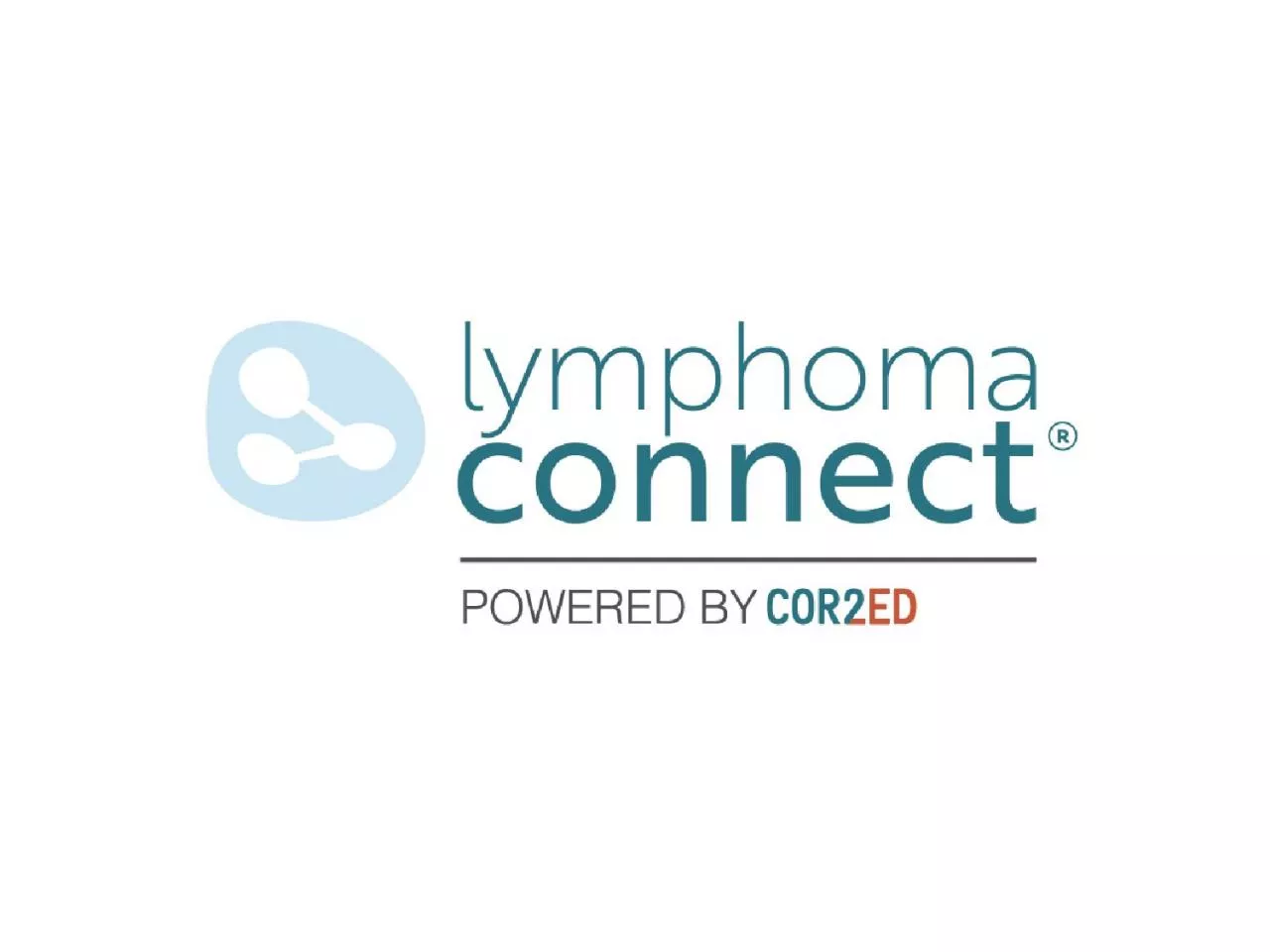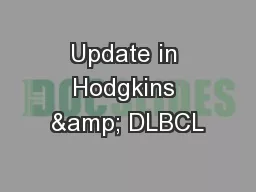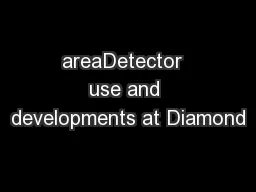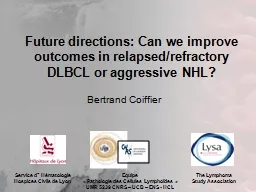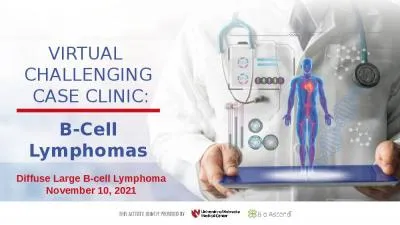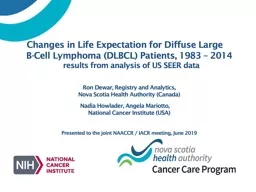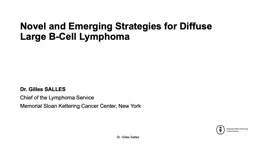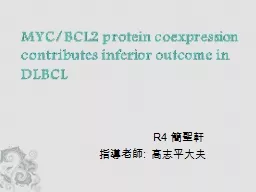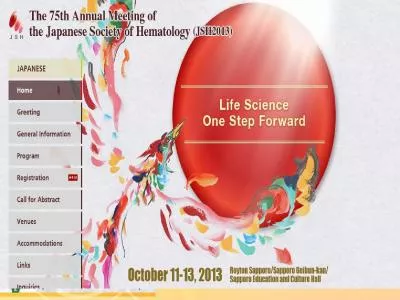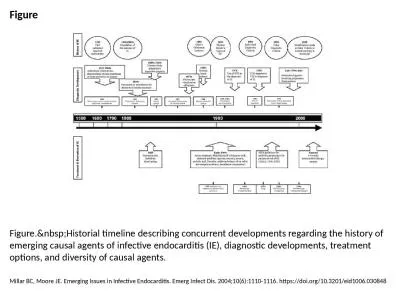PPT-Recent developments in the treatment of DLBCL
Author : payton | Published Date : 2024-02-08
Prof Georg Lenz MD Department of Haematology Oncology and Pneumology University Hospital Münster Germany May 2020 2 3 LYMPHOMA CONNECT is supported by an Independent
Presentation Embed Code
Download Presentation
Download Presentation The PPT/PDF document "Recent developments in the treatment of ..." is the property of its rightful owner. Permission is granted to download and print the materials on this website for personal, non-commercial use only, and to display it on your personal computer provided you do not modify the materials and that you retain all copyright notices contained in the materials. By downloading content from our website, you accept the terms of this agreement.
Recent developments in the treatment of DLBCL: Transcript
Download Rules Of Document
"Recent developments in the treatment of DLBCL"The content belongs to its owner. You may download and print it for personal use, without modification, and keep all copyright notices. By downloading, you agree to these terms.
Related Documents

